While many of the companies on SaaStr are based in North America and then expand to Europe and APAC, we’re seeing more and more expansion going the other way. Celonis started 12 years ago in Germany and recently began its move into the U.S. market. This has resulted in amazing hypergrowth.
In last week’s Workshop Wednesday, President Sales & Field Engineering Chris Donato and SVP Business Development & Ecosystem Shelli Vivona shared how to scale out a go-to-market org. Workshop Wednesdays are live interactive workshops held each week.
Know Your Market
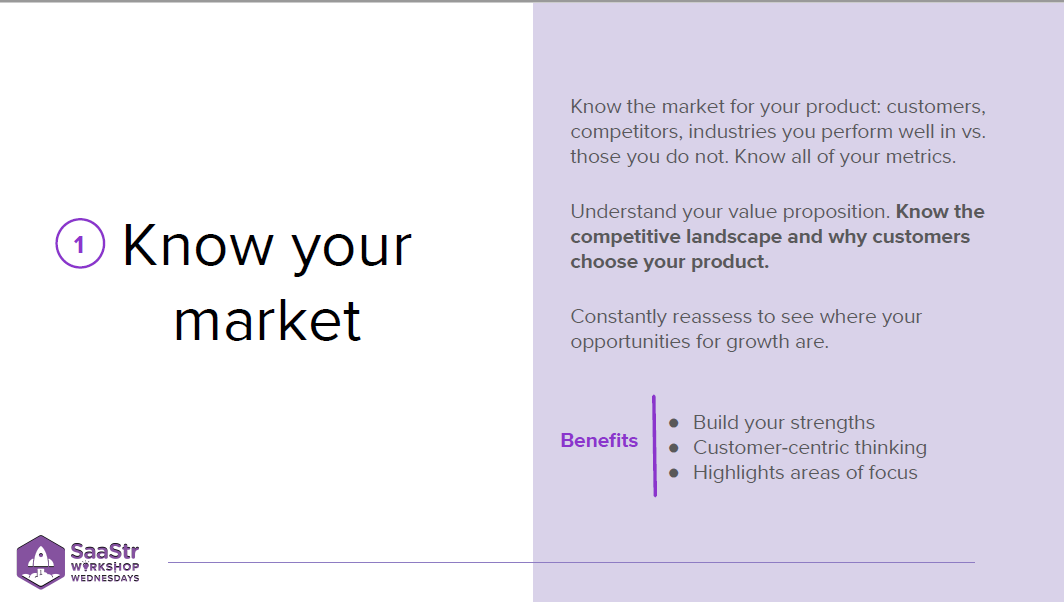
Celonis dug into the data to discover how their customers were buying, why they were buying, what business problems Celonis was solving for those organizations, and what part of the market they needed to focus on. They looked at factors like how that market should be defined and then, of course, who the competitors were. They had to determine how they could differentiate themselves and how to improve their ability to market to those customers in a way that made sense, including targeting the right personas.
Celonis has about 1,400 customers globally, with 240 customers here in the US, most of which are in the enterprise space. One of the challenges they’ve faced with GTM is that they are a new technology sector; therefore, other companies’ traditional technology markets don’t always apply, so they’ve really had to draw on their experience overseas.
They had to spend some time evaluating data sets and digging into them to best optimize the go-to-market structure to align with how they wanted to emerge in North America and how they wanted to build the go-to-market to best optimize their chances.
That took into consideration things like use cases and the personas that they’re selling to. That allowed them to then make some really significant decisions about their marketing strategy, their go-to-market setup, the way in which product and engineering are designing, and defining their roadmap to best optimize Celonis’ strengths and their engagements with their future customers.
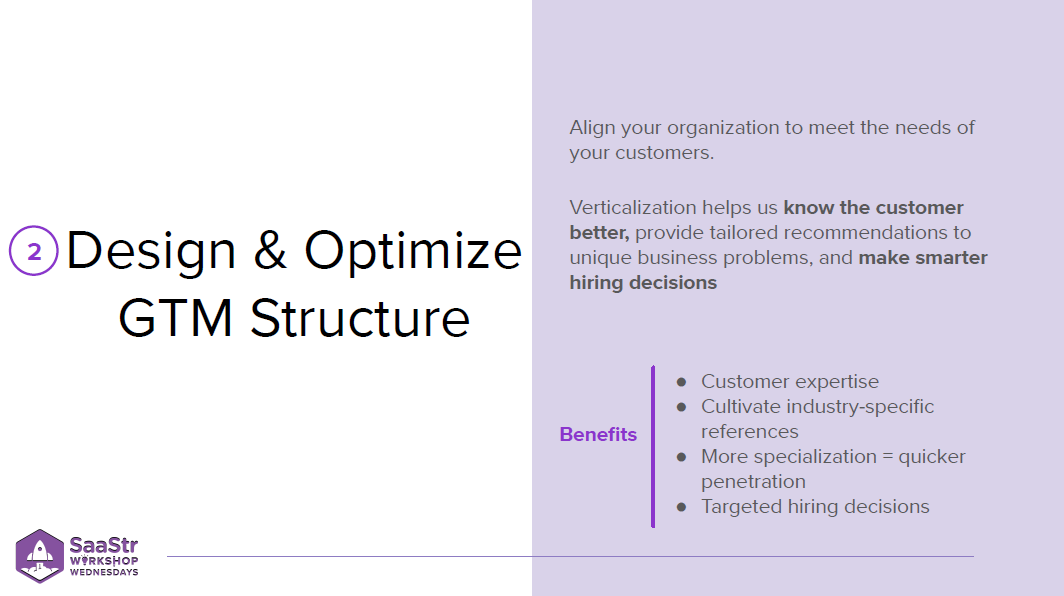
Design and Optimize GTM Structure
One of the conclusions of the analysis was, being a company that focuses on processes, it was very clear that they need to be more industry driven. When Chris came to Celonis, they had one industry. Today they have 14. He also started a public sector business, which did not previously exist. So they now serve local, state, and federal entities in the public sector.
Also necessary is understanding where in the market they were having most of their success and therefore making sure that they segmented correctly and created the right level of density in that market.
And then, of course, making sure that they’re bringing in the right people, specifically subject matter experts to help support some of those go-to-market industry approaches that we that they’re taking.
Another step Chris has taken was to simply Celonis’ regional structure by reducing nine regions to five.
Their high NRR emphasizes the importance of the land and expand strategy Celonis depends on.
Another benefit of the industry-specific structure is related to the amount of information that the sellers need to think through. So when thinking about an industry structure, they really only need to focus on the industry of the accounts that are in their patch, the references that are in their patch, the industry messaging that resonates with the context and the lexicon so that everything is much more streamlined and they have resonance when they start meeting with their clients.
It all goes together. If you have the right go-to-market structure, your marketing is right, your enablement is right, your outcomes are exponentially increased in terms of your selling.
A lot of time was spent with both the field engineers engaging their customers and their product engineers to understand the data that we get very, very prescriptive about how we’re tackling the market. Because you only have so many AEs, there’s only so much money in the marketing budget.
So you want to be very, very targeted on how you’re going after the market, the personas that you should be going after around the use cases that work most often, grabbing that low-hanging fruit.
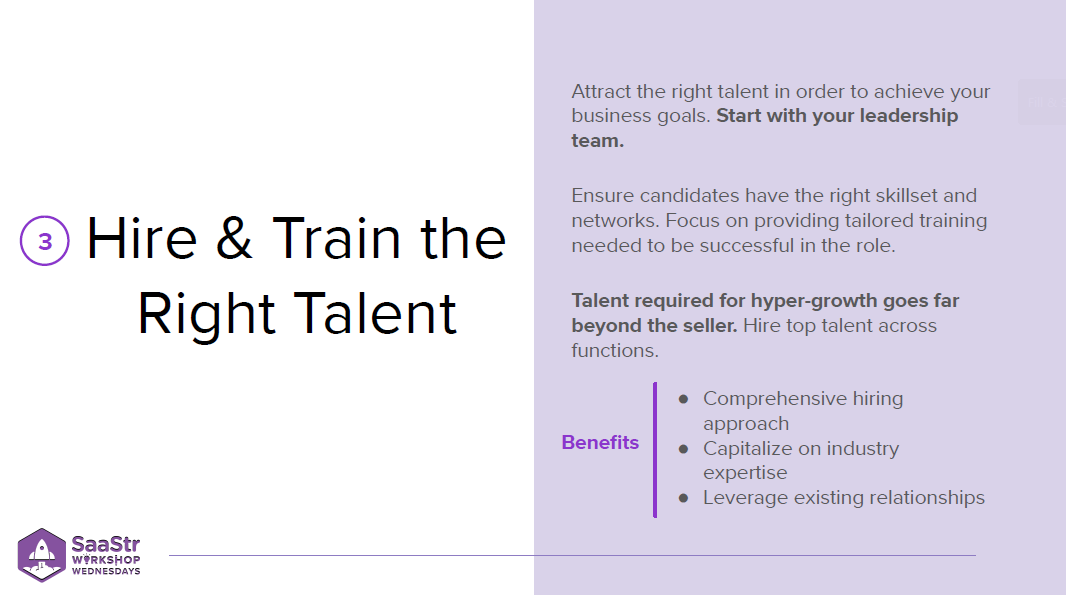
Hire and Train the Right Talent
No one can dispute the importance of hiring the right talent. Chris and Shelli learned very quickly that Celonis is very much a solution sell, which is common in this industry. But because you’re talking about processes and you need to have some understanding of the business, finding that skill set was very important in the adjustments that they were making with their overall talent, both from a management perspective and go to market as well as the AE area of their go to market organization and the surrounding teams, such as the field teams that were supporting their engineers, marketing folks, even ops.
So it was somewhat a change to make sure that they get the right people in that really have that industry knowledge as they went to this industry paradigm shift to make sure that we have the talent that has that background, and understand most importantly, the business challenges that exist in those areas so that they can then again drive off of that and have the right level of engagement.
Finding that talent was critical. During this hypergrowth stage, they’ve hired 1,100 folks, about 50% of them in go-to-market. They really made a push because of the hypergrowth to make sure that they get those folks on board and engaged.
Just as important as hiring the right people is continuous enablement. They have weekly calls where they bring out new messages, new product innovation, and provide an opportunity for the sales organization to ask questions of the subject matter and domain expert experts that exist as part of their internal business partner relationships.
They’ve invested in in-person training, a three-day offsite where the training went deep and resulted in certifying. Shelli recommends certifying as a really great way to ensure that your go-to-market organization understands everything you need them to so the entire go-to-market organization, from the AE all the way up to the managers, can deliver the message the way that you want it to be delivered.
It’s more important to focus enablement around business problems and understanding business problems, and how you’re engaging your customers. Too often enablement focuses on, how do you take that feature and attach it to a business requirement for the benefit?
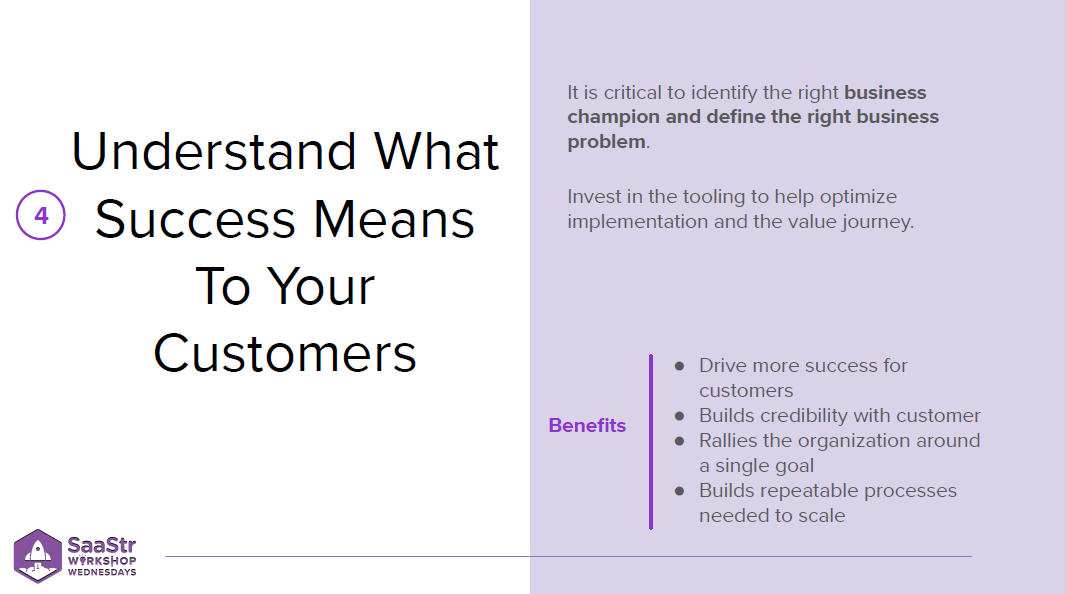
Understand What Success Means to Your Customers
Why do your customers buy? What are the problems they need to solve to make them successful? At Celonis, the focus has been a lot about tools, technology, additional IP that they can develop organically to help their customers implement faster.
One of the value props at Celonis is the ability to drive value very, very quickly. So you can, in a lot of cases, see a customer do two or three deals in one year because they start small, they implement, and they see value. Four months later, they invest again. It’s critical that they make sure to have the toolset honed in on helping customers automate that ability to implement quickly.
The second thing is automating the whole value process of how they extract value from the system and again, making sure they have the right skillset, IP, tool sets to help customers drive value and the support of the ecosystem. That’s been a huge focus in making sure their customers are successful.
It’s also important to find a champion with your customer’s organization. Understanding the business problem that is really impacting their company, really understanding that with the right level of sponsorship from a champion, and then driving off of that to again secure the right level of engagement and then hopefully a sale.
And then, most importantly, making sure your customers are seeing the value. Today Celonis has over 5,500 deployments and has generated billions of dollars of value with their customer base. Most of those customers, especially in North America, exist in the enterprise space. so they have been engaging in that part of the market very, very heavily.
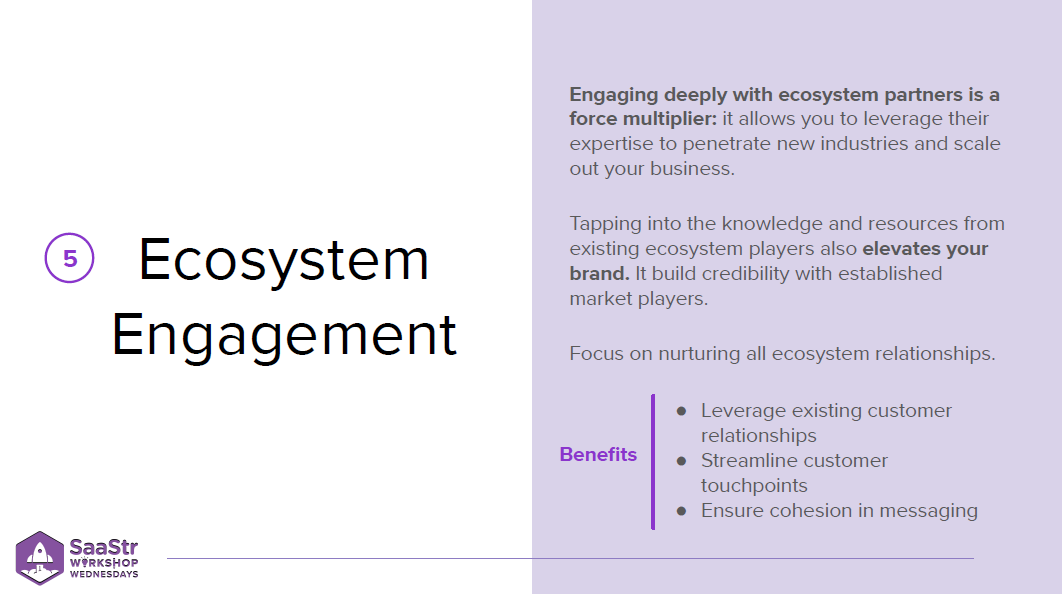
Ecosystem Engagement
And lastly, the ecosystem, which cannot be ignored on any level. When Chris joined Celonis, there was already work underway to develop their ecosystem, both from a GSI (Global System Integrators) perspective, from an RSI (Regional System Integrators) perspective, and even from an overall management consulting perspective, such as the McKinseys and BCGs of the world.
They’ve spent a lot of time and investment to activate that part of the market. And as each month goes by, they are becoming more and more of a force multiplier, taking the Celonis technology and leveraging the technology as part of their consulting and transformation engagements, putting a stake in the ground to help leverage that, to then obviously go and engage in some cases directly or through the partner to have a chance to expand and drive into new areas of that organization.
Celonis is still learning to leverage these partners to become even more of a force multiplier. It’s also been key in driving into those regulated industries where we have IP, but not maybe at the same level in some of the other commercial areas because of their expertise, knowledge, and intellectual capital.
One important note is that these partnerships are mutually beneficial. The nature of the Celonis product lends well to the implementation process so that the partners, the GSIs, the management consultants, as well as the RSIs, want to work with Celonis because of the value that they see in terms of the work that they will receive, too.
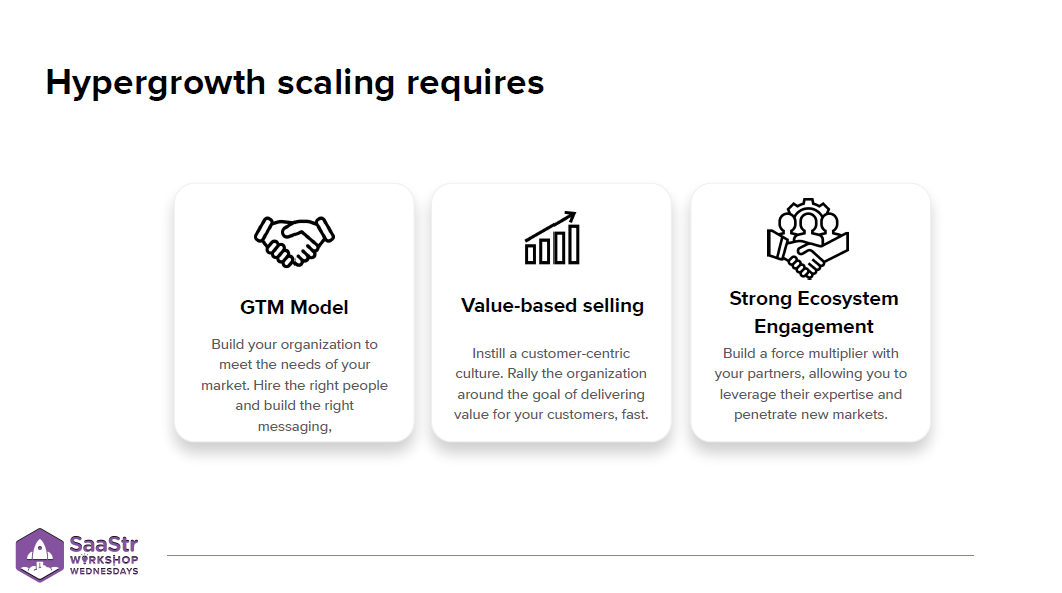
Chris and Shelli and their team have spent a lot of time honing in their GTM model. They’ve spent a lot of time looking at the data sets of how folks are buying, how their products are positioned so that they can be much more prescriptive and really prioritize the approach they’re taking in the market to make sure they get the right level of yield.
Celonis is a growing company, and while the team does have a number of resources, it’s still not as many as they would like, and certainly not as many as they would have at a large company. So they’re very targeted in how they spend and invest money. That creates a big push making sure that they are focused on the customers, and that the customers feel they are getting value from the solution.
A strong ecosystem is really required to scale out any business. Even at Oracle, where both Chris and Shelli spent at least a decade, a very robust ecosystem played a big role in growth.
Every Wednesday at 10 a.m. PST, SaaStr will hold live, interactive workshops on Zoom where experts in the community share their insights. Sign up HERE!

